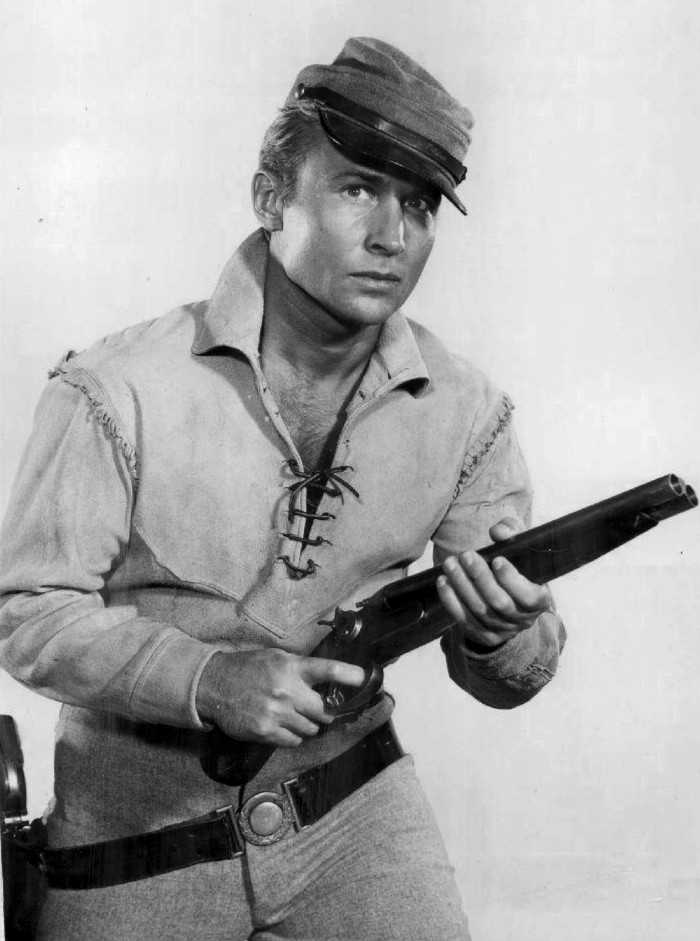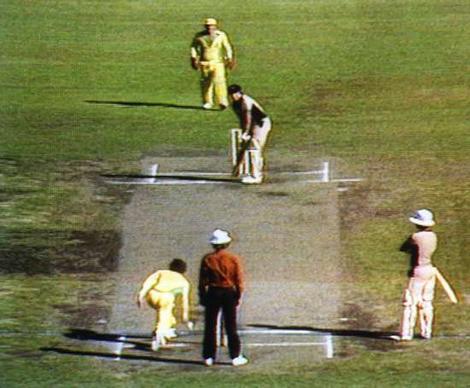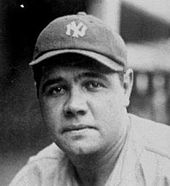1945
Daring escape from Peenemünde
In July 1944 Soviet pilot Mikhail Devyatayev was shot down over Poland and made a prisoner of war by the Germans. He was held in a series of concentration camps (Nazis treated Soviet prisoners much more harshly than those captured on the Western Front) and was eventually sent as a slave labourer to the missile site at Peenemünde, on an island in the Baltic. There Germany developed the V-1 and V-2 missiles that were used against Britain late in the war and where conditions for the slaves were brutal.
Devyatayev was determined to escape and convinced other Russian prisoners to join his plan. On February 8, 1945 ten captives overpowered their guards and made for the airfield where the camp commandant had landed his Heinkel bomber. Devyatayev piloted the craft back to Soviet territory despite Luftwaffe attempts to shoot him down and fire from Soviet air defences.
The daring prisoners were not, however, treated as heroes. The paranoid Soviet authorities were scornful of their story. Devyatayev was thrown in jail (a common fate for returned prisoners, especially officers) and the others were posted to penal battalions where they were assigned the most dangerous duties and from which only a battle wound could release them. Five of them died before the war ended. As a “criminal” Devyatayev had a miserable post-war existence until 1957 when he was finally cleared on the testimony of rocket scientists who affirmed that his information about the German programs was correct. He was then rehabilitated and given military decorations.













